“There’s a small group of people hell bent on destroying our way of life,” says Alastair Nairn, a tenant farmer in the Cairngorms, nestled in the heart of Scotland’s whisky country.
He describes the financial companies that are buying up whole estates in his area for blanket afforestation as “ruthless”, adding that farmland that once sold for £500 an acre now goes for £5,000. “Tenant farmers are being persecuted – moved off the land because they don’t own it,” he says.
Nairn argues tenant farmers like him are at the sharp end of Scotland’s land market; one where pent-up demand coupled with low supply is leading to surging prices. He has two farms on secure agricultural tenancies, and another two on short term lease, but when the lease runs out on one of the latter farms this autumn, he says he will be moved off.
As director of the Scottish Tenants Farmers’ Association he knows many other farmers have lost their tenancies already, but says people are frightened to speak out in case they are blacklisted.
“If they are seen to be troublemakers no one will offer them a tenancy,” he adds. “In the early 1800s people were moved off the land in the Highland Clearances to make way for sheep and deer, but it was left intact – if you move them off for trees it’s gone forever,” Nairn adds.
The impact of net zero plans driven by the UK and Scottish governments are felt most acutely in the Highlands. Along with industrial-scale afforestation, there are also numerous examples of ‘rewilding’ projects led by companies, charities, community groups and wealthy landowners. The latter group, known pejoratively as ‘Green Lairds’, count among them the Danish billionaire Anders Povlsen, the UK’s largest private landowner.
In contrast to industrial forestry projects, however, climate and biodiversity take centre stage at some rewilding estates, such as the star in Povlsen’s crown: Glen Feshie in the Cairngorms. Millions have been invested there to heavily cull deer, abandon grouse-shooting and remove sheep in order to promote natural regeneration and reintroduce birds of prey.
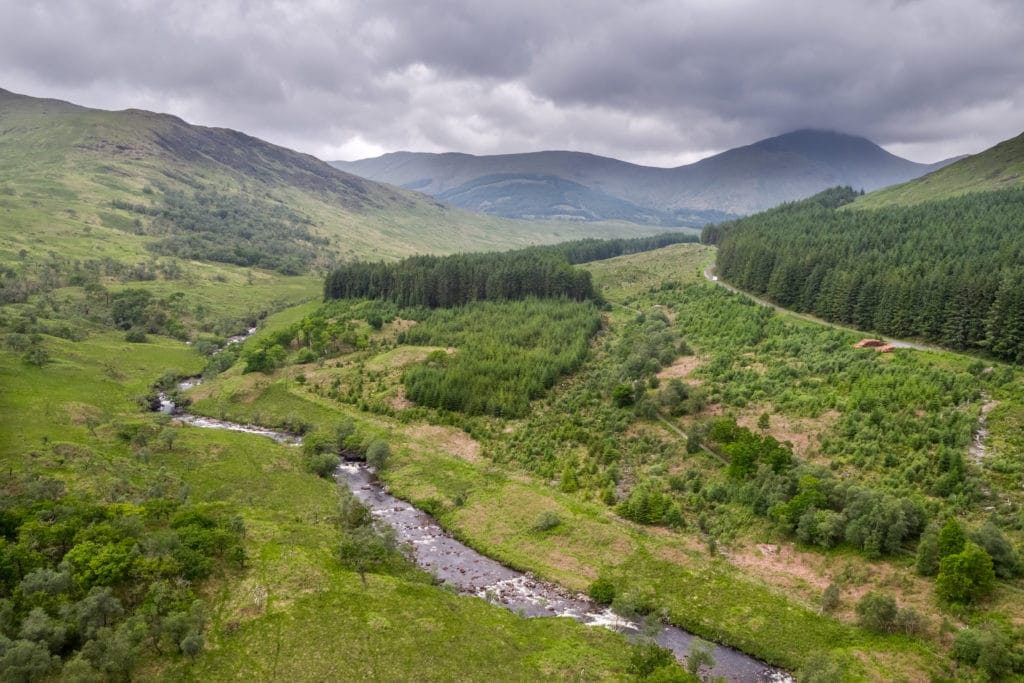
The Highlands is also seeing surging corporate interest in offsetting schemes, such as BrewDog’s 9,308 acres of ‘Lost Forest’ on the Kinrara Estate (where they have allegedly evicted gamekeepers but are yet to plant any trees). There is also Aviva Investors and Par Equity’s 6,300 hectares of moorland in Glen Dye, not to mention Shell’s £5 million investment to plant 100 hectares of native pine woodland in Glengarry forest.
Such projects have allowed BrewDog to advertise itself as the “world’s only carbon negative brewery” and Shell to run its ‘Drive Carbon Neutral’ campaign – much to the dismay of environmental activists.
According to a recent report from the Scottish Land Commission – an official body set up to reform land ownership – a majority of Highland estates that changed hands last year were sold in secret, with nearly half going to absentee owners rushing to buy rural land for environmental reasons.
Nearly half of all estates purchased in Scotland in 2021 were sold to corporate bodies, investment funds or charitable trusts. The report also notes that demand is growing for farms to be used as lifestyle holdings.
The work done by the Scottish Land Commission and numerous land campaigners, such as Andy Wightman, has started a conversation about who owns Scotland’s land, as well as what landowners choose to do with their holdings.
Farmland that once sold for £500 an acre now goes for £5,000. Alastair Nairn, farmer and director of the Scottish Tenants Farmers’ Association
A new land reform act is due to be passed in Holyrood during this parliament, updating the Land Reform Acts of 2003 and 2016. The introduction of the register of persons holding a controlled interest in land earlier this year will, in time, lead to greater transparency of land ownership.
Despite this, there is a real fear that the rapid changes to Scotland’s landscape – as governments and companies rush to meet zero targets – is perpetuating age-old problems and patterns of concentrated land ownership.
Scotland the Big Picture is a charity that supports landowners, farmers, community groups and individuals to rewild via the Northwoods Rewilding Network, which covers more than 12,000 acres. The organisation makes sure its rewilding projects “aren’t exclusive of the community, they’re rooted in the community”, according to rewilding business manager Katherine Tubb.
Tubb says the legacy of big landowners in Scotland, combined with a fast-moving carbon finance system, means the situation won’t improve any time soon. “If a farmer wanted to do rewilding in a really sensitive way, they wouldn’t be able to access carbon funds because it’s based on the number of trees in the ground,” she explains, adding that this is now being looked at by Scottish Forestry in response to rapid growth in Scotland’s carbon market.
If a farmer wanted to do rewilding in a really sensitive way, they wouldn’t be able to access carbon funds because it’s based on the number of trees in the ground Katherine Tubb, rewilding business manager, Scotland the Big Picture
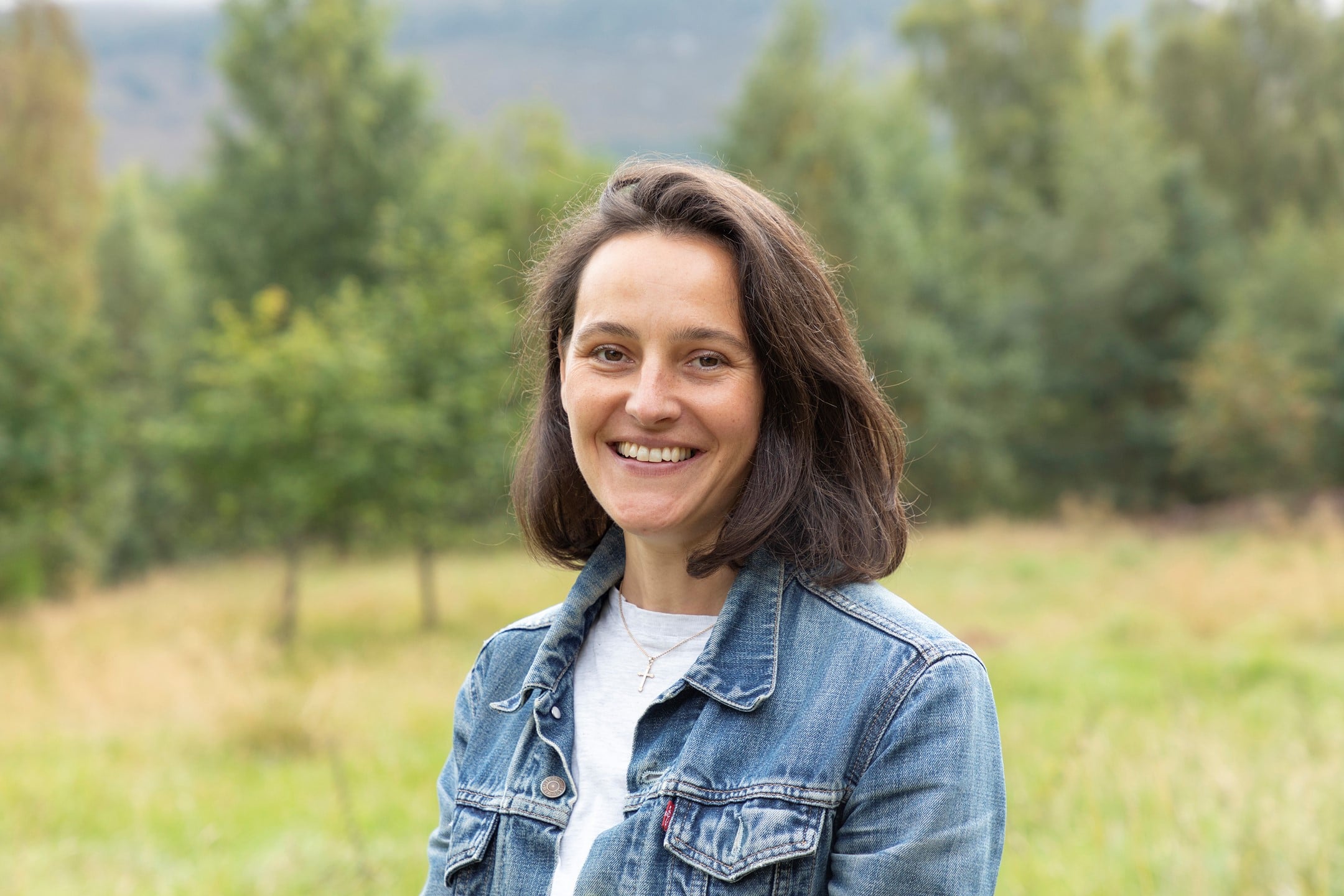
Tubb argues that, rather than focusing solely on volume of trees and carbon as a single metric, we need to prioritise “diverse and smaller planting schemes that deliver biodiversity value and value to communities”.
Patrick Laurie is an author and nature-friendly hill farmer based in the Galloway Hills in the Southern Uplands. While the area sees little in the way of rewilding, Laurie is concerned about a rapid transition from hill farming into “very intensive, almost factory condition industrial timber production that destroys biodiversity”.
He explains that since 2016 there have been almost 14,000ha of new softwood plantings in Galloway, which he points out is almost “double the amount of softwood planted in the rest of Scotland put together”.
“These are very commercial, very highly densely planted spruce plantations. Tens of thousands of hectares being planted very, very quickly in very short succession,” he adds.
Laurie’s 1,600-acre hill farm is home not only to cattle, but also grouse and wading birds – yet his region’s future as a farming area feels at risk.
His farm has increased tenfold in value in the past ten years; once a month he receives letters from forestry companies offering to buy his farm for millions. Forestry investors regularly outbid farm buyers not only here, but across the Highlands too.
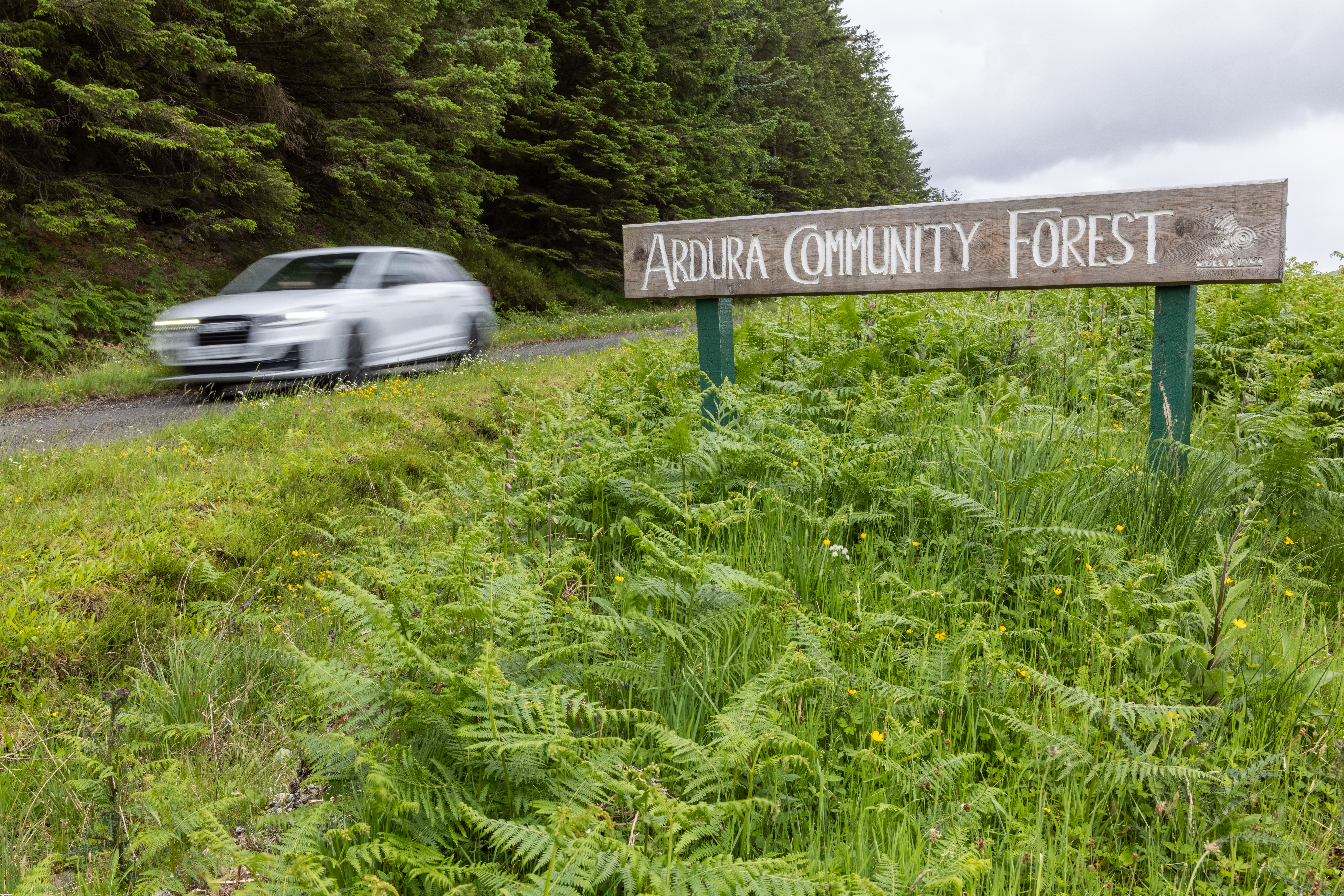
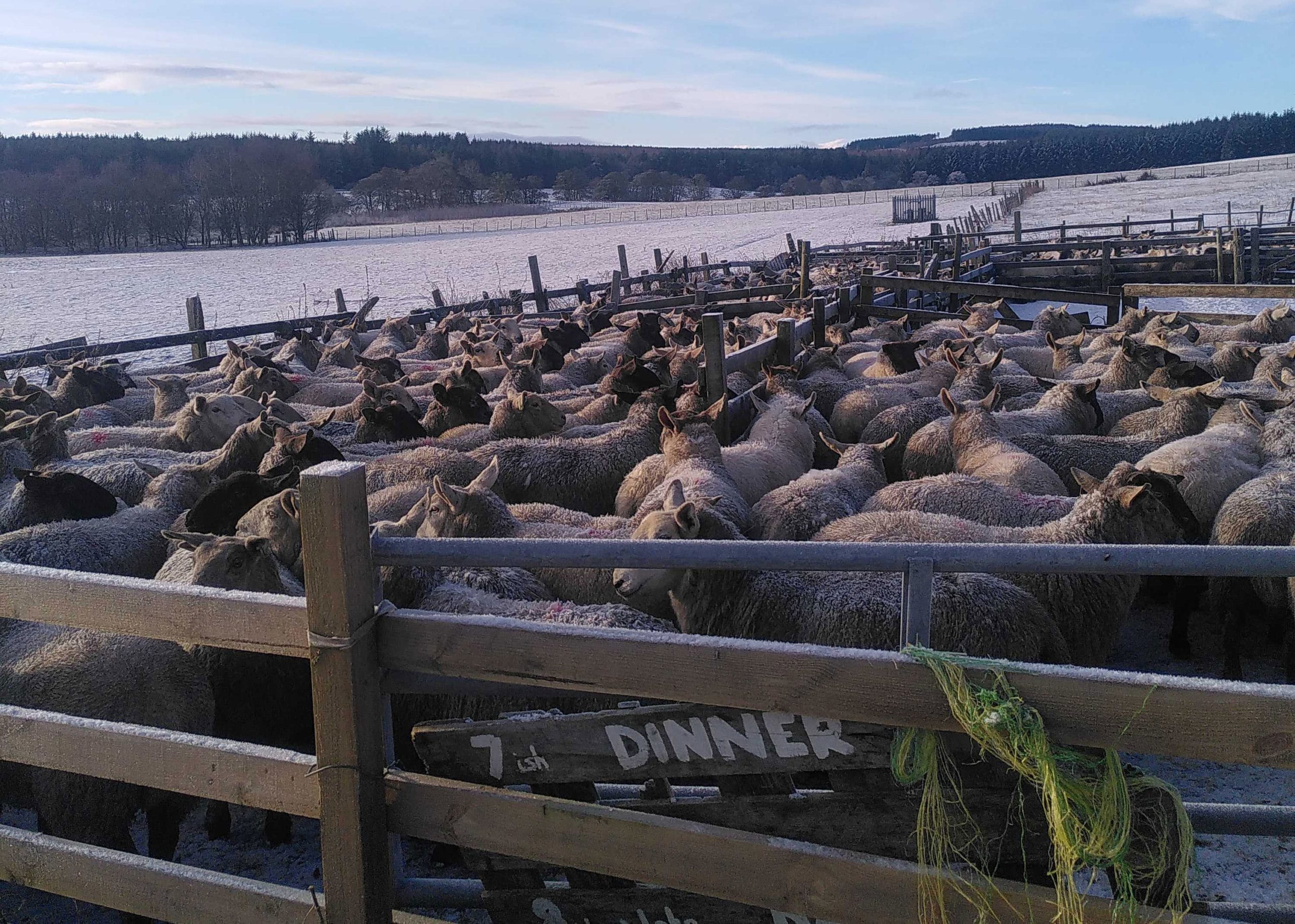
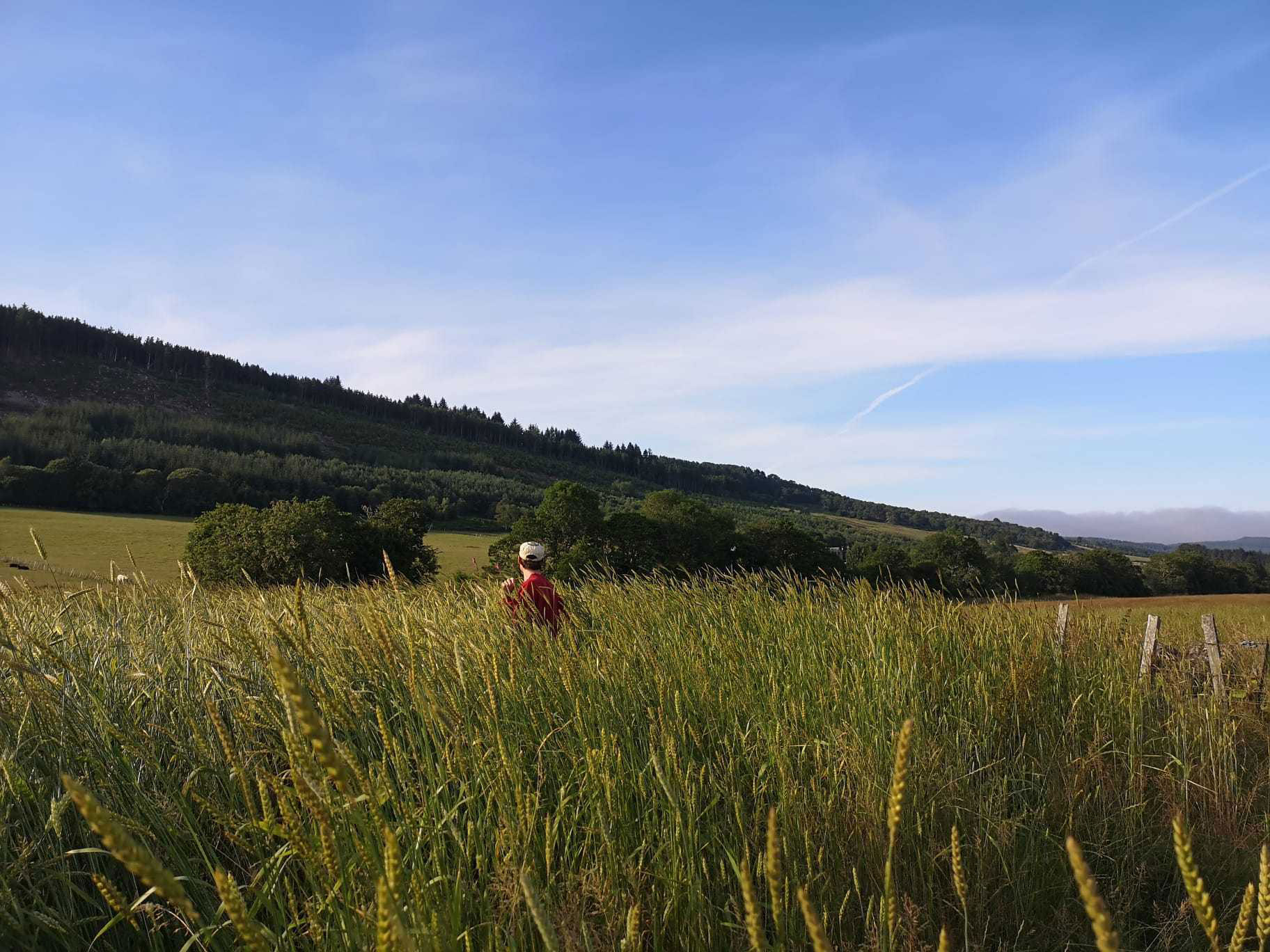
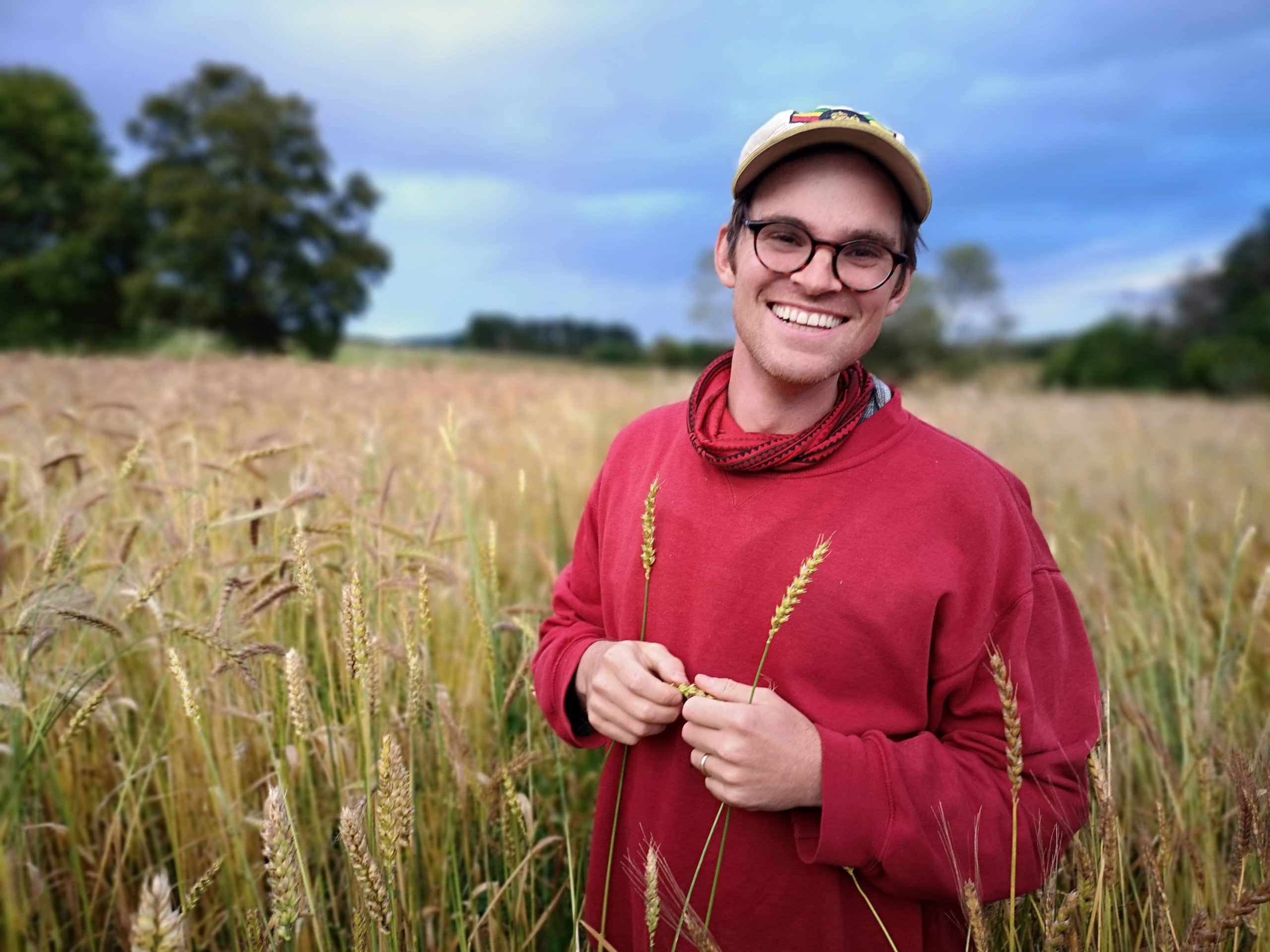
Col Gordon, a farmer’s son and the co-producer of the podcast series Landed, thinks there is a very real danger that the current changes to land ownership could perpetuate problems rather than solving them. Chiefly, he worries that “decision making remains in the hands of very few people”, due to historical patterns of concentrated land ownership in the Highlands.
Despite this, he says there needn’t necessarily be a conflict of ambitions between traditional Highland culture on the one hand, and rewilding or tree-planting ambitions on the other. He points to the success of Trees for Life and Reforesting Scotland in recent decades as two clear examples of how such projects can be run in tandem with communities.
“What I worry about is that the timescales that these projects last for will completely lock communities out for multiple generations,” Gordon says. “If we lock people out for a hundred years, these places are going to be completely detached from human culture.”
There are huge opportunities to restore nature in landscapes like Scotland, but that opportunity could well be wasted if a focus on people, and careful biodiversity management, do not come alongside.
As Gordon puts it: “I think the rewilding agenda gives us an opportunity to reconstitute Gaelic land use, but we do need to be able to have control of the land, and when I say ‘we’ that can be anyone who wishes to be part of something like this.”

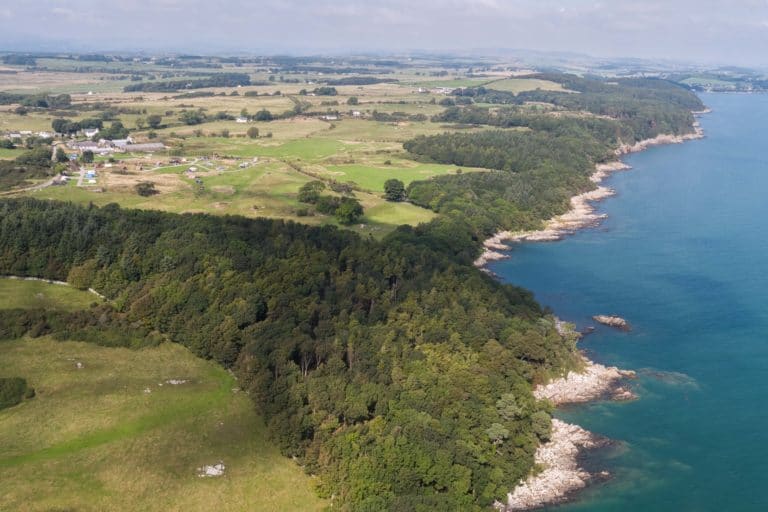







Is there an argument that says: actually the climate crisis is really urgent, we need to deploy all of our resources as quickly as possible and leveraging private funds to fund rewilding projects/offsetting is an incredibly fast and effective way to do so.
If i was a policymaker, i might be inclined to ask, yes it would be great to tackle the concentration of power and land ownership but a) is that within my power and b) how long is that going to take?
Is this shortcut simply unpalletable to many or will it inevitably fail because of the unintended concequences?
Good point.